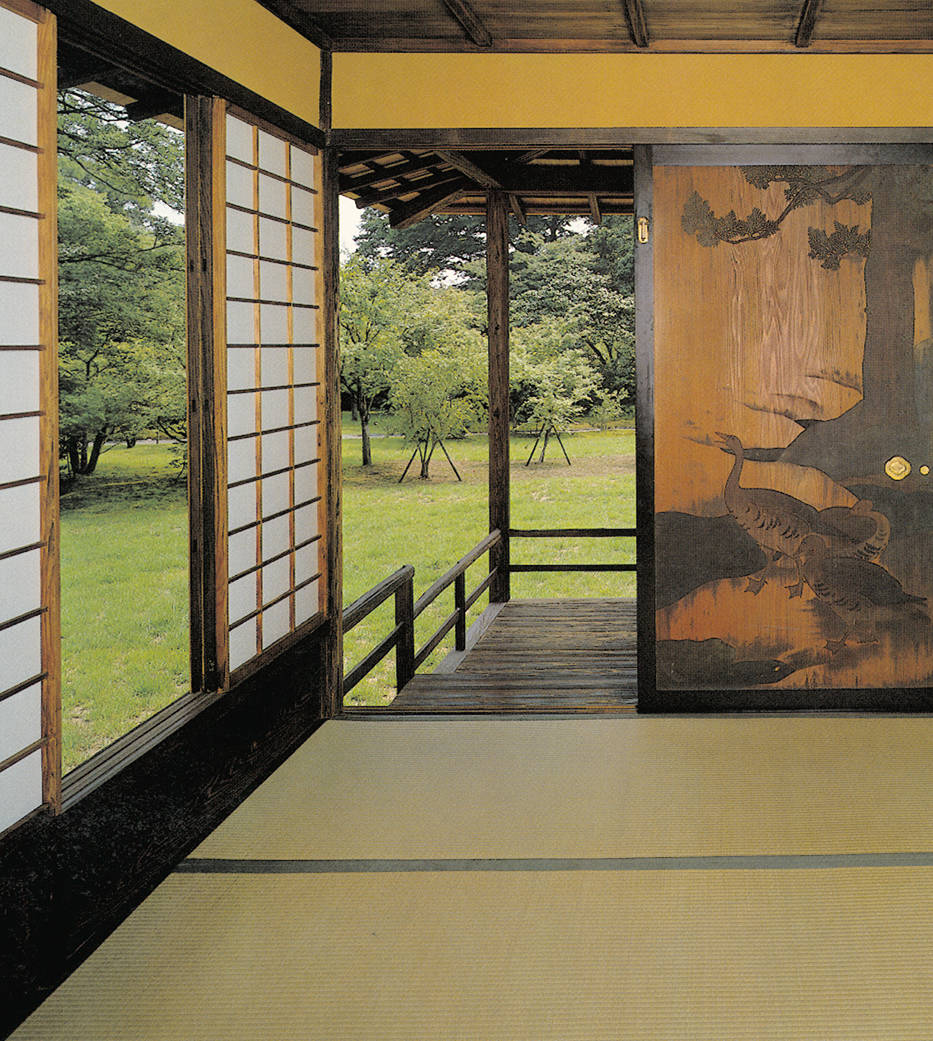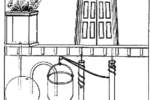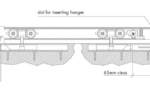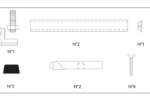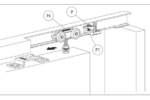In the Bible the words “door” and “gate” appear 591 times while in the Aeneid there are only 5 references to “doors” (ianua). Virgil’s poem is actually the story of a nomadic people that is still travelling in search of a land where it may find a home, while the Bible centres on a farming civilization that has discovered the city, and whose houses and walls need doors. But when Rome was founded, the two-faced god Janus, protector of borders and doors, immediately appeared. In Greece the door was the place of Hermes, god of exchanges and commerce, but the door has always been associated with a symbolic meaning, the separation or communication between the known and the unknown, the profane and the sacred. And in his The interpretation of dreams Sigmund Freud therefore did not fail to mention the door with its architectural symbolism of body and genitals. But it is perhaps who has Artemidorus provided the most explicit interpretation to the door. As we may read in the Book of Dreams: “A door that burns preannounces the death of a wife, and it also indicates that the dreamer’s life is at risk. A door with a bolt indicates a free woman, a barred one a slave, but the one with a bolt may also indicate a man; and the barred one a woman”. In the numerology of the old Neapolitan dream book, the Smorfia napoletana, an open door stands for the number 68, and the closed one 4.
The door, and the border for which it serves as threshold, plays a central role in the culture we are born into. In Chinese, where ideograms carry the archetypal roots of the objects to which they refer in their form, the door is 門 (Mén). The stylized image of the two halves of the door here leaves an unmistakable mark also on the family of words associated with it, as in that of opening 開 (Kai) and that of closing 閉 (Bì), and these ideograms, even if rendered more essential in “simplified Chinese”, with the same phonations, become 门 (Mén), 开 (Kai), 闭 (Bì), but also 关 (Guan). A final remark on this fascinating culture, so different from the Western: in the latest technological modernity the combination
of the two ideograms 开关 (Kai Guan), or “open-close” means “switch”, the door of the electric signs that can naturally be opened or closed, ON or OFF.
The door used in ancient times works by means of the hinge, the fulcrum of every mechanical action based on the principle of the lever, and so we read, in the story about King Solomon who made all the furniture of the temple in gold: “Solomon made all the furniture which was in the house of the Lord: the golden altar and the golden table on which was the bread of the presence; and the lampstands, five on the right side and five to the left, in front of the inner sanctuary, of pure gold, and the flowers and the lamps and the tongs, of gold; and the cups and the snuffers and the bowls and the spoons and the braziers, of pure gold; and the hinges both for the doors of the inner house, the most holy place, and for the doors of the house, that is of the nave, of gold“ (Book of Kings, 7:48-50), almost a celebration ante litteram of a certain design, that achieves a perfect equilibrium between an aesthetic transcendence and a technical function. The objects are the true metaphors of a society that would never have existed without technique, and well beyond the principle of Archimedes’ lever, and ahead of time with respect to every modern cosmography since time immemorial, our planet has been rotating on its own axis. “For the pillars of the earth are the Lord’s, and he has set the world upon them” (Samuel, 2:8).
But let us return to the reality of the concrete doors that have always been equipped with devices made possible by technological innovation, in order to automatize movements and functions.
In his Pneumatica Heron of Alexandria (II-I sec. a.C.), a precursor of the theory of automatisms, told how the lighting of a fire on the altar could generate vapour, thus making water run into
a bucket that, becoming heavier, caused the doors to open: it was naturally just an idea, a play to amaze a king, but we are fully aware that it is a matter of a mechanism that is today used in lifts
and public transport vehicles. But doors do not have to rotate; they can also glide silently on tracks and disappear inside a wall. Already in 1907 August and William Kirchner from Cleveland, Ohio had applied for a patent (US 840,630) at the U.S. Patent Office for an opening system for sliding doors, but since then the innovations have abounded. More recently, the company founded in Sant’Arcangelo di Romagna in 1989 by the Rimini-born entrepreneur Giuseppe Berardi has added an innovative solution to the sliding door, to make it disappear. If we, at this point, analyse the structure of a sub-frame for a Scrigno ® sliding door, we discover that the heart of this mechanism is the carriage from which the door is suspended. And if we analyse the elements by consulting the manual for use and installation supplied by the manufacturer. We discover the following elementary machines: the wheel, essential part of every carriage; the screws used to suspend the door from the carriage; the adjustable ratchet gear that stops the door at the end of its travel; and above all the wedge, or rather the two wedges, suspended from the carriage by means of a screw that serve to fasten the door to the carriage. And lest we forget, the lever is present in the form of the “brugola” key where the fulcrum is the axis of the screw in which it is engaged. The action of the pair of wedges (highlighted in orange and green) that slide on one another assure that the carriage remains anchored to the door, by means of friction, exercised in the form of pressure on the surfaces of a special furrow on top of the door. And so, also inside a sub-frame for sliding doors, Mechanics makes its presence felt with a number of elementary machines that were invented at the beginning of time, but that are combined in a highly innovative way.
And if the sliding door immediately makes us think of Gwyneth Paltrow and the movie Sliding Doors (1998) by director Peter Howitt, why don’t we stop a moment to reflect on the Chinese proverb “The door is closed the better one that can be left open”?


